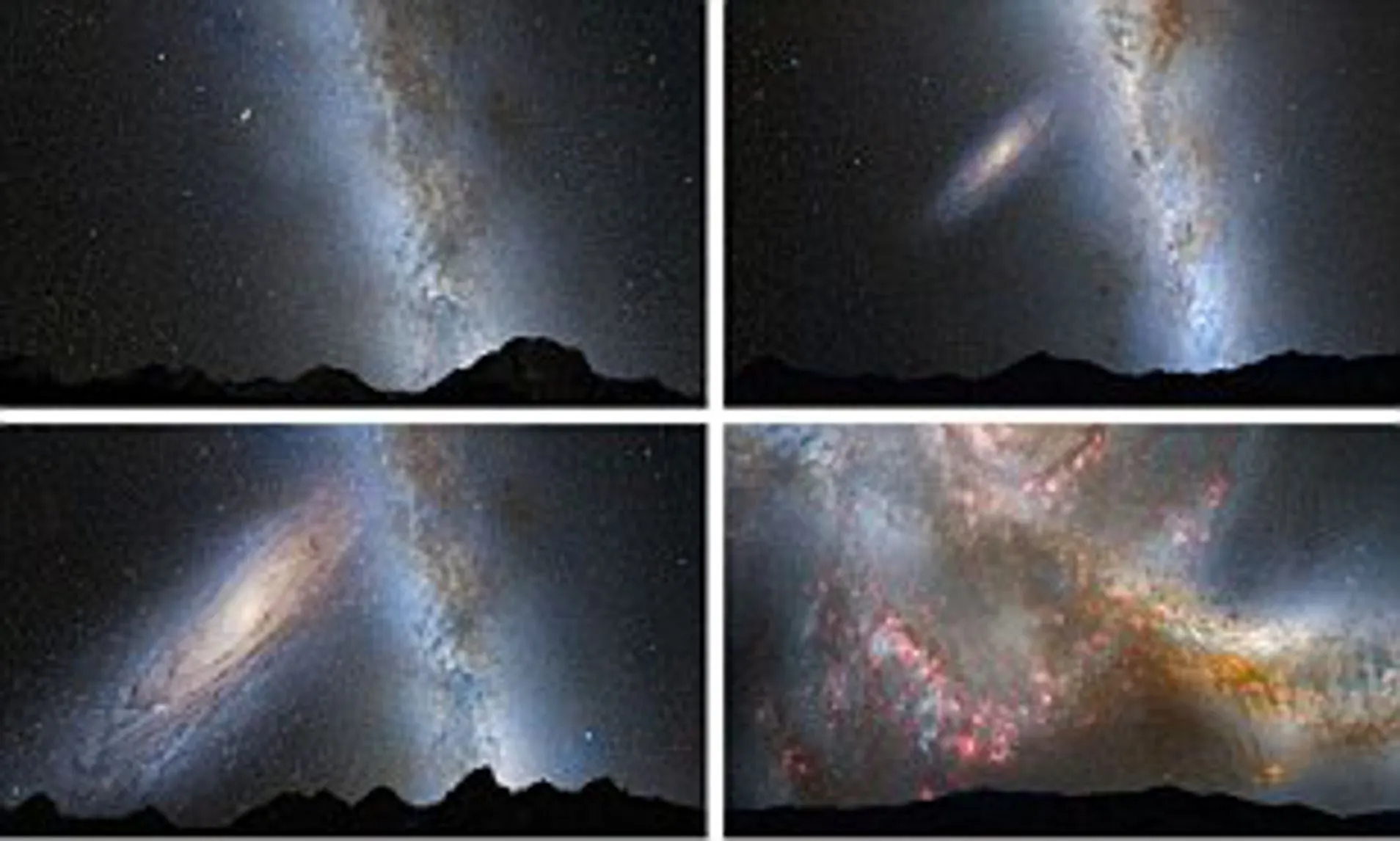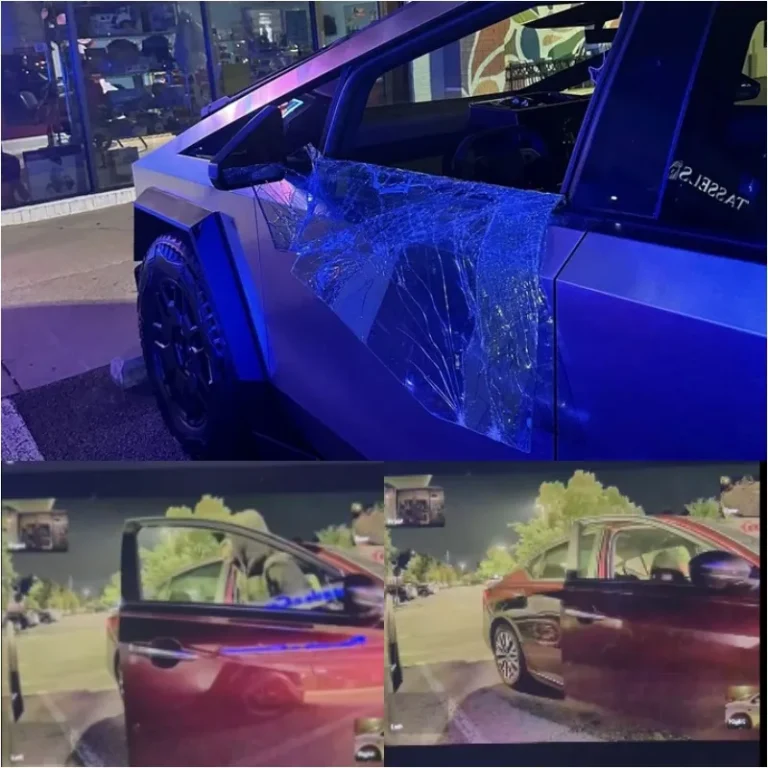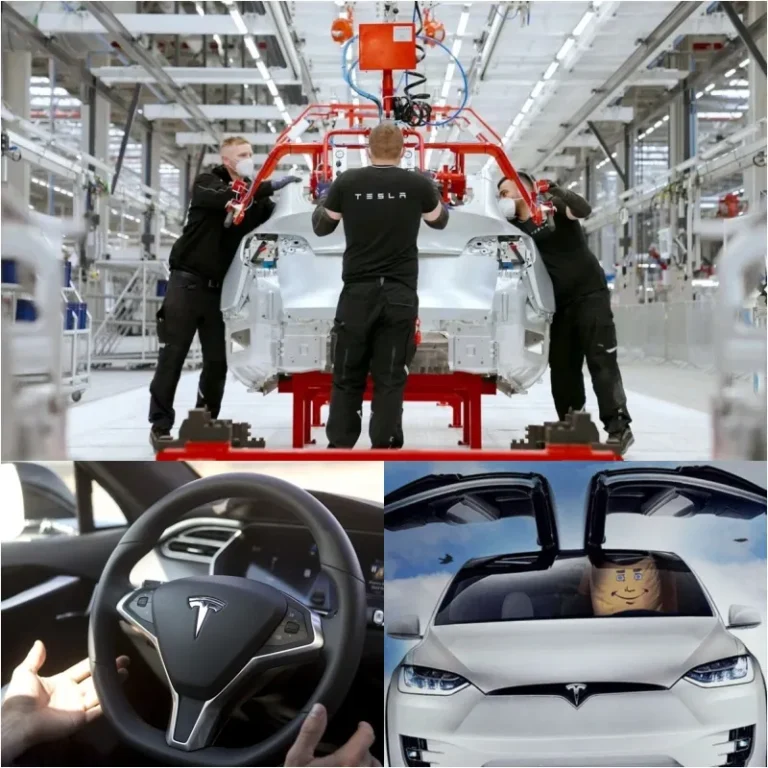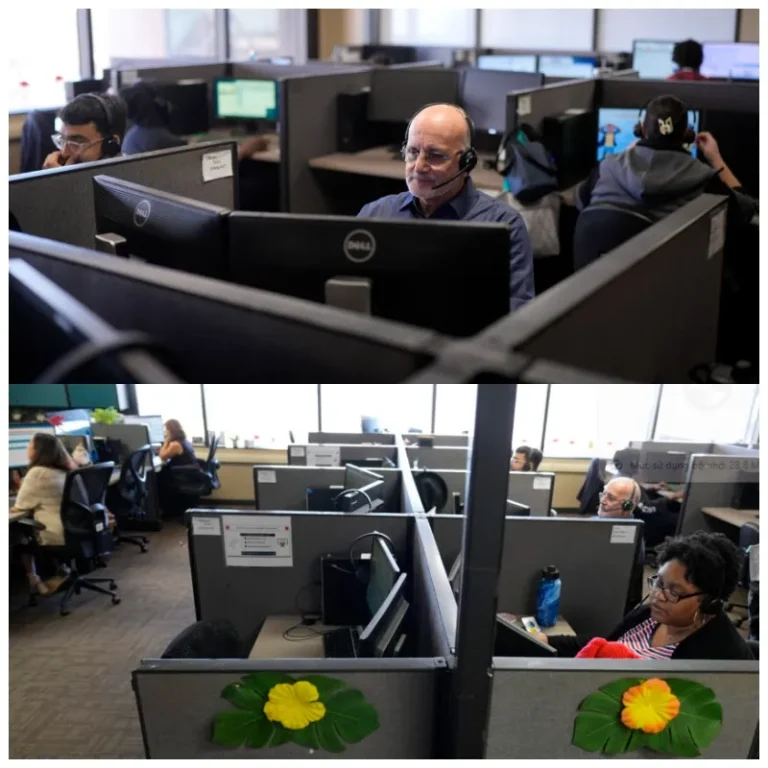
Predicted collision between the Milky Way and Andromeda: A less catastrophic outcome
For years, astronomers have predicted an inevitable collision between the Milky Way and the nearby Andromeda galaxy. However, new calculations show that this catastrophic event may have been exaggerated. A recent study revealed that the Milky Way has a 50-50 chance of colliding with a nearby galaxy within the next 10 billion years, but this devastating collision is now considered less likely. much more than previously thought.

Located about 2.5 million light years away, the Andromeda galaxy (M31) is moving toward our Milky Way at a speed of 110 km/s. Because of this closeness, astronomers have long believed that the two galaxies would inevitably collide in a few billion years, spiral into each other, and merge to form a new galaxy.
New research shows that uncertainty about the current positions, motions and masses of all the galaxies involved creates the possibility of radically different outcomes. “There is a 50% chance that no merger will occur between the Milky Way and Andromeda in the next 10 billion years,” the authors wrote in the study.
This revised prediction challenges previous assumptions, based on findings from 1912 when American astronomer Vesto Slipher discovered Andromeda’s potential collision course with the Milky Way. He noted that the light from Andromeda was Doppler-shifted toward the blue part of the spectrum, indicating it was moving closer to the Milky Way.
Previous studies suggest that an eventual collision between Andromeda and the Milky Way is inevitable within the next 5 billion years, potentially pushing our solar system to the outer edge of a newly formed galaxy . However, researchers now argue that previous models did not take into account the “disruptive factor” – the gravitational influence of other smaller galaxies, which could have helped the Milky Way and Andromeda avoid a collision.

To refine their predictions, the researchers used observations from the Gaia and Hubble Space Telescopes to estimate the mass, motion, and gravitational interactions of the four largest galaxies in the neighborhood. nearby: Milky Way, Andromeda, Triangle and Large Magellanic Cloud. By incorporating these data into the simulation model, the team considered many possible scenarios.
While the prospect of a collision between the Milky Way and Andromeda has fascinated astronomers for decades, these new findings suggest a less dramatic outcome. Revised models indicate that the previously predicted galactic crash may not be as imminent or certain as once believed, allowing more time to study the dynamics of the cosmic neighborhood. our pillar.






